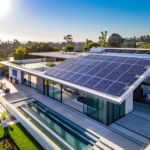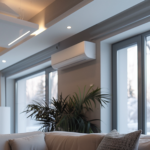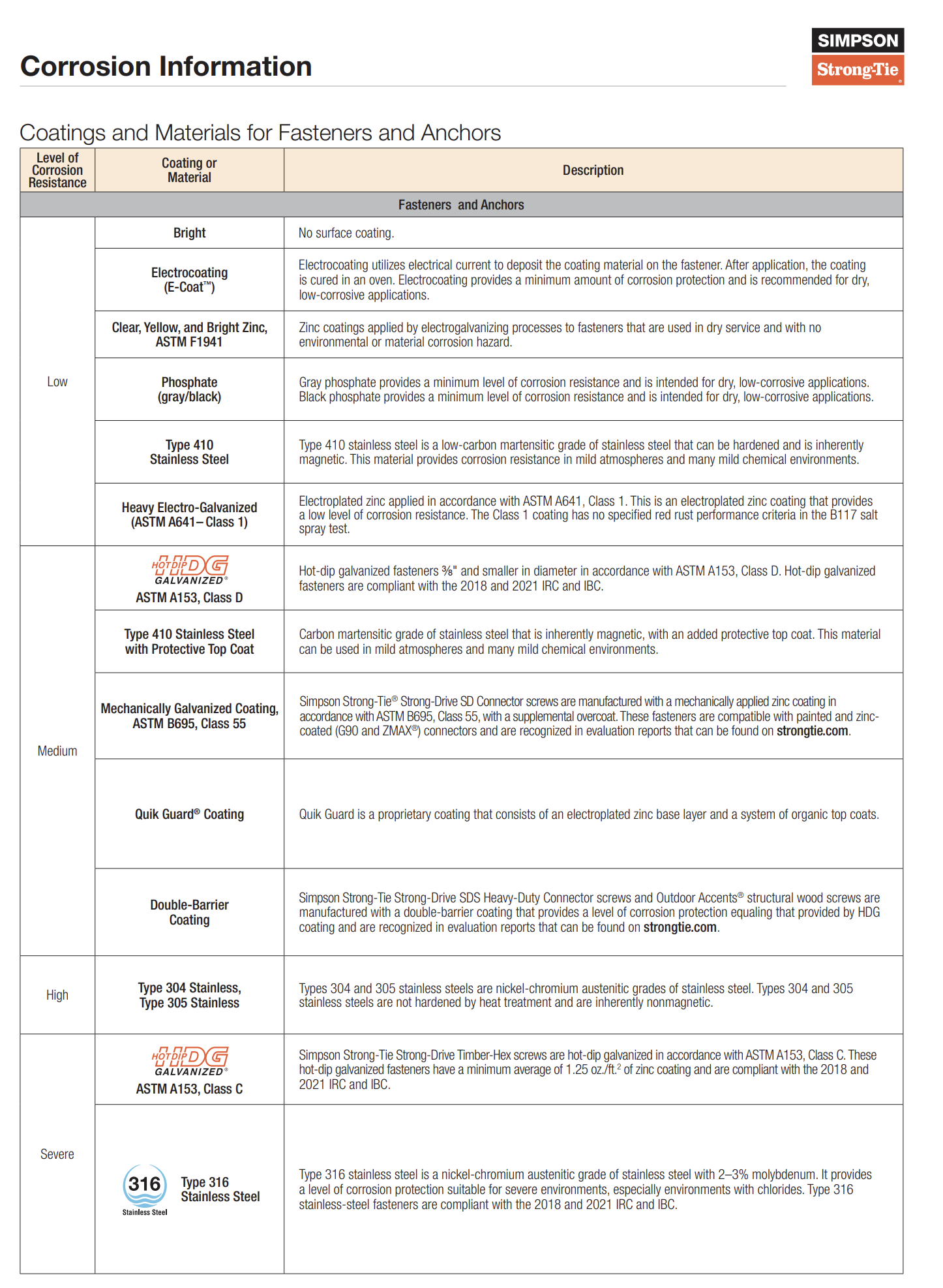Understanding Floor Insulation Requirements and Code Compliance
Floors above unconditioned spaces—such as basements, vented crawlspaces, cantilevered floors, and garages—are critical components of a building’s thermal envelope. Proper insulation and air sealing are essential to minimize heat loss, prevent cold spots, and enhance energy efficiency. Previous versions of building codes required floor insulation to be in direct contact with the subfloor decking. However, the 2015 IECC/IRC introduced a second option: allowing an airspace above the insulation if specific conditions are met. This blog outlines code compliance requirements for floor insulation, plan review tips, and field inspection guidelines to help builders and code officials ensure proper installation.
Key Code Compliance Options for Floor Insulation
The 2015 IECC/IRC provides two primary methods for insulating floors above unconditioned spaces:
Option 1 – Direct Contact with Subfloor Decking
- Requirement: Floor framing cavity insulation must be installed to maintain permanent contact with the underside of the subfloor decking.
- Benefits: This traditional approach ensures minimal air gaps, reducing heat loss and preventing drafts.
Option 2 – Airspace with Continuous or Cavity Insulation
- Requirement: An airspace is allowed between the subfloor decking and the insulation if:
- Cavity insulation is in direct contact with the top side of sheathing.
- Continuous insulation is installed on the underside of floor framing and extends from the bottom to the top of all perimeter floor framing members.
- Additional Requirement: Perimeter insulation must meet or exceed the R-value requirements for walls to maintain the integrity of the thermal envelope.
Air Barrier Requirement
For both options, an air barrier must be installed at any exposed edge of the insulation to prevent air infiltration and maintain energy efficiency.
Plan Review Checklist for Floor Insulation
During the plan review process, code officials should ensure that the following details are included in the construction documents:
Insulation Details
- Layering of Insulating Materials
- Specify the type of insulation (e.g., fiberglass batts, rigid foam) and its placement.
- Provide individual and total R-values for the floor assembly, ensuring they meet or exceed code requirements.
- Air Barrier Placement
- Confirm that the air barrier is specified at all exposed edges of insulation to prevent air leakage.
Reference to Code Citations
Ensure construction documents reference the applicable code sections, such as:
- 2015 IECC/IRC Section R402.2.8/N1102.2.8
- Table R402.4.1.1/N1102.4.1.1, which provides insulation and air barrier requirements for floors above unconditioned spaces.
Field Inspection Guidelines
Field inspections are critical to verifying that floor insulation is installed correctly and meets code requirements. Depending on the insulation method specified in the construction documents, inspectors should check for the following:
Direct Contact with Subfloor Decking
- Inspection Point: Ensure that floor framing cavity insulation is installed to maintain permanent contact with the underside of the subfloor decking.
- Common Issue: Gaps or sagging insulation that reduces thermal performance. Inspectors should confirm that insulation is properly secured to avoid this problem.
Airspace with Continuous or Cavity Insulation
- Cavity Insulation
- Verify that cavity insulation is in direct contact with the top side of the sheathing.
- Continuous Insulation
- Check that continuous insulation is installed on the underside of the floor framing and extends from the bottom to the top of all perimeter floor framing members.
Air Barrier Installation
- Inspect for a properly installed air barrier at all exposed edges of the insulation to prevent air infiltration.
- Confirm that the air barrier is continuous and effectively seals the thermal envelope.
Additional Considerations for Different Floor Types
Floors Above Unconditioned Basements
Basements can cause significant heat loss if not properly insulated. Ensure that floor insulation meets the required R-values and that the air barrier is installed to prevent drafts.
Vented Crawlspaces
For vented crawlspaces, proper insulation and air sealing are essential to prevent cold air from infiltrating the living space above. Continuous insulation or properly installed cavity insulation can improve energy efficiency.
Cantilevered Floors
Cantilevered floors are particularly prone to heat loss due to their exposure to outdoor air on multiple sides. Inspectors should confirm that continuous insulation wraps around the perimeter framing to create a complete thermal envelope.
Floors Above Garages
Floors above unconditioned garages can lead to cold spots and discomfort in living spaces if not properly insulated. Ensure that the insulation and air barrier are installed correctly to prevent air leakage and heat loss.
Code Compliance in Jurisdictions Using Older Codes
In jurisdictions where older versions of the IECC/IRC are still enforced, builders can reference the 2015 IECC/IRC as documentation to support compliance. This can help overcome barriers when proposing more advanced insulation methods not explicitly defined in previous codes.
Conclusion
Proper insulation and ventilation for floors above unconditioned spaces play a crucial role in maintaining energy efficiency, comfort, and code compliance in residential buildings. By following the guidelines outlined in the 2015 IECC/IRC, builders, designers, and code officials can ensure high-quality installations that meet modern energy standards.
For immediate service or consultation, you may contact us at Allied Emergency Services, INC.
Contact Information:
- Phone: 1-800-792-0212
- Email: Info@AlliedEmergencyServices.com
- Location: Serving Illinois, Wisconsin, and Indiana with a focus on the greater Chicago area.
Disclaimer: This article is intended for informational purposes only. For professional advice, consult experts in the field.










